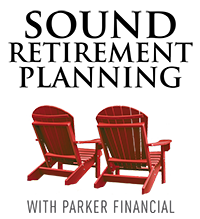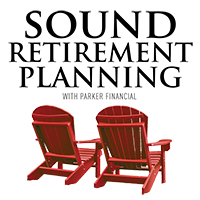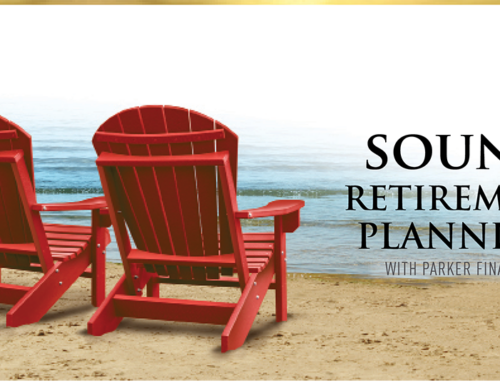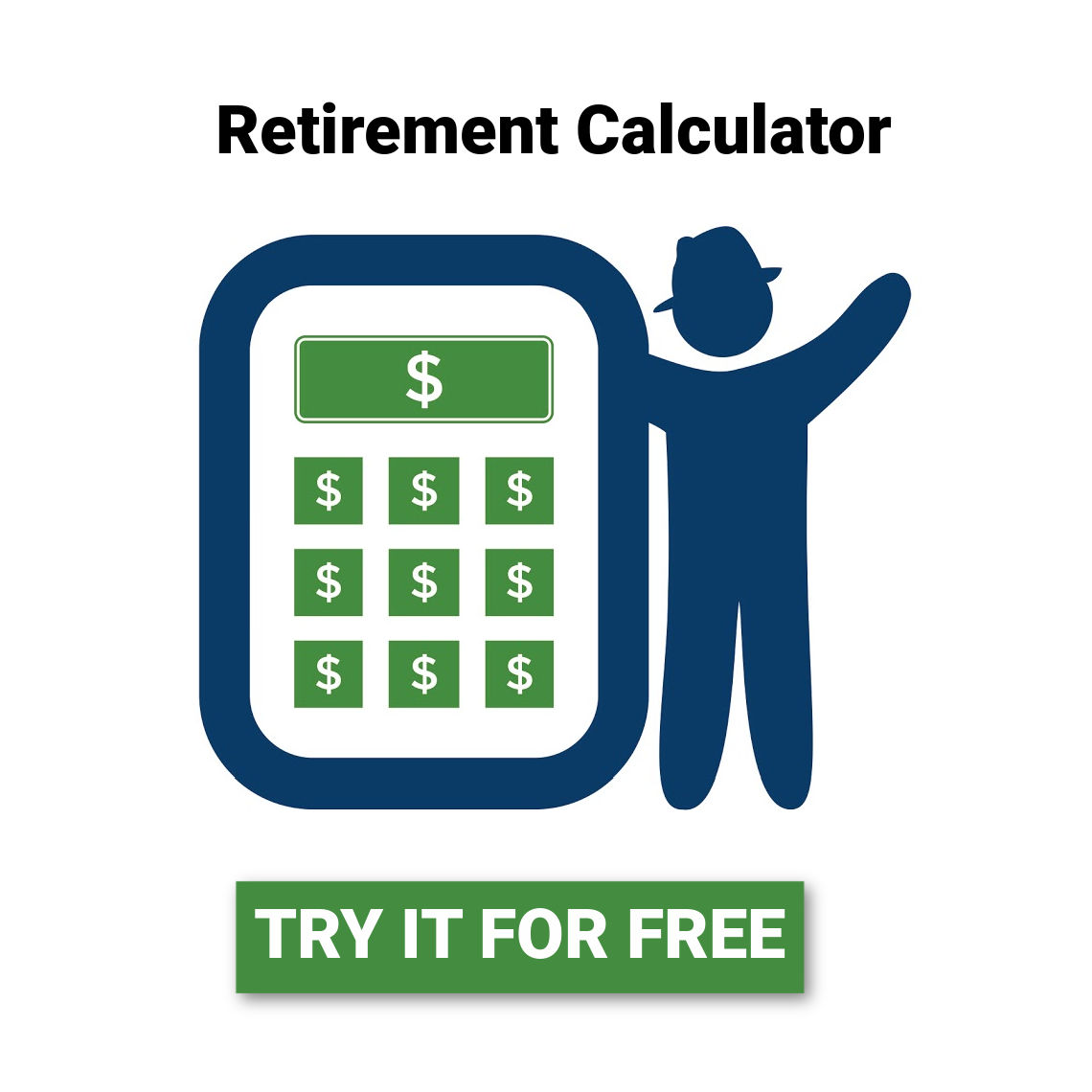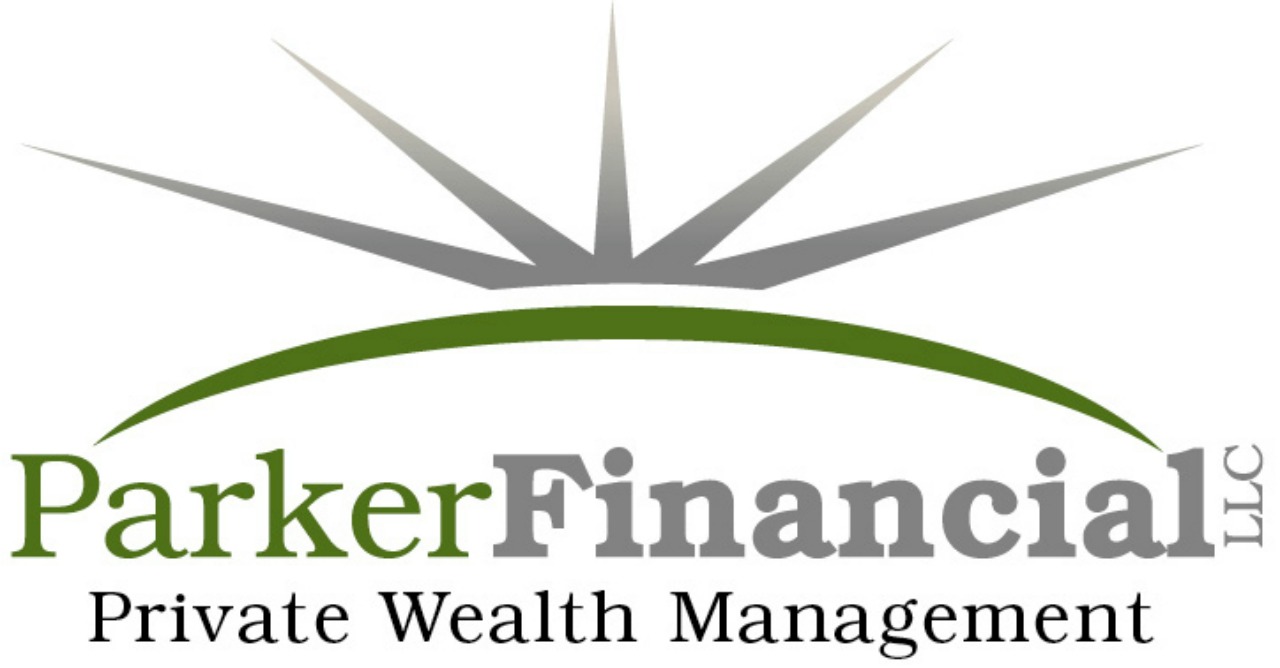I remember in 2008, when I was introduced to some folks who had recently retired, they came into my office and were very concerned about their investment portfolio. They explained they had lost more than thirty percent of the value of their portfolio in less than twelve months. What was worse is they had made plans to draw income from this portfolio every year to supplement their retirement income needs.
In my industry a prevailing bit of wisdom you may occasionally hear from financial advisers when Mr. Market is experiencing a lot of turmoil is, “don’t worry, over a long period of time the market goes up.”
Or another favorite is, “Well at least you have not lost as much as … “. Either way many people we serve are generally not comforted by this advice. Once you have retired you may not have a long period of time to recover from a significant market sell off.
I have a good friend who was heavily invested in the NASDAQ back in the year 2000. He was in his 40s at the time and had accumulated enough money to retire. But like so many people, he was earning incredible double digit returns so instead of taking his foot off the gas pedal of risk, he kept driving forward full speed ahead.
During what we now call the dot com bubble, you may have read some of the headlines where folks were quoted as saying, “I don’t see any end in sight,” or there is a, “very powerful momentum pattern that started to form last year” and is likely to “remain strong”. Or my favorite was business guru’s calling the bubble a “True Revolution”.
On March 10, 2000 the NASDAQ hit an all-time record high of 5048.62. Today the NASDAQ trades at 3771.48 which is still about 34% below the record high set in the year 2000. Hopefully, eventually, we will get back to where we were in 2000, but it’s only been 13 years since then. Remember the markets time horizon and your retirement time horizon may not agree. The one asset you have less of as you transition through retirement is time. The lesson learned is always diversify your time horizon as well as your investments.
Did you know that if you lose 30% in one year you actually have to earn about 43% the next year just to get back to even. For example, if you have a portfolio valued at one million dollars today and you lose 30% ($300,000) in one year, then the next year you would start with a balance of $700,000 and would need a gain of 43% (approx. another $300,000) just to get back to even.
When you are drawing money out of a portfolio that is falling in value, you are making your situation much worse. For example, let’s say at the beginning of the year you had an investment portfolio valued at one million dollars. The prevailing wisdom says you should be able to take a 4% withdrawal every year and not worry about depleting your portfolio. So at the beginning of the year you took a distribution of $40,000 from your one million dollar investment portfolio, which was the recommended 4% to supplement your retirement lifestyle, and then by the end of that same year you experienced a 30% loss.
As you began year two, your million dollars would only be worth $672,000. If in the second year, you only take 4% of the now $672,000, then you would only have $26,880 of retirement income whereas the year before you had $40,000 of retirement income.
The problem, is that most of the time most people don’t want less income every year as they transition through retirement. They generally want more income to help them keep up with rising costs. So in this example if the couple decides to continue to take the necessary $40,000 of income at the beginning of year two in order to fully fund their retirement living expenses their $672,000 is now down to $632,000. And even though you only lost 30% in one year due to stock market volatility when you also factor in the retirement income needed from the portfolio you would now require a 58% increase or a gain of $368,000 in your investment portfolio just to get back to one million dollars you started with.
The problem of reverse dollar cost averaging is one of the reasons that so many retirees are just now getting back to even in their investment portfolios even though the stock market as measured by the S&P 500 has continued to post fairly strong positive returns since 2009.
When you are about to retire be sure you make your plans based on a worst case scenario. I’ve learned that it is better to plan for the worst and hope for the best than it is to plan for the best and experience the worst.
Remember that retirement is all about cash flow not your net worth. Start your retirement journey by having a very accurate budget, calculating all of your guaranteed retirement income sources, design your retirement plan around your time horizon and not the markets, solve for your retirement income gap and create a plan that will generate the highest degree of certainty with the least amount of volatility. And by all means, spend your most valuable asset (your time) with the people you love, doing the things you love. If at the end of our time all we have to show is a positive balance sheet then I’m afraid we have missed our purpose.
This article was also featured in the November 2013 Kitsap Peninsula Business Journal.
•••••••••••••••••••••••••••••••••••••••••••••••••••••••••••••••••••••••
